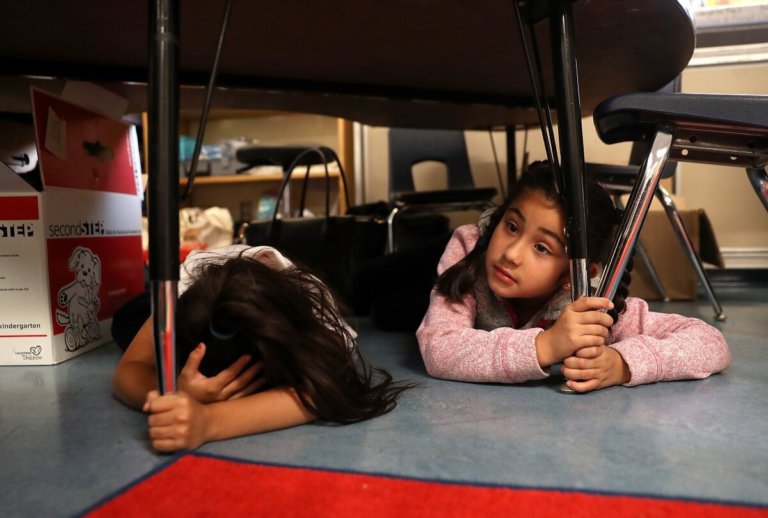
Natural disasters, disease outbreaks and violence on school campuses can and do happen at any given time. But are schools equipped to deal with such situations with an emergency preparedness plan in place?
Last year, Reuters reported that many public schools in the US are not equipped for disasters. Quoting a study by the US Centers for Disease Control and Prevention (CDC), they found that less than two thirds of school districts have plans in place to handle an influenza pandemic or another type of infectious disease outbreak.
Weighing in, Dr. Laura Faherty, a researcher at the RAND Corporation in Boston and a pediatrics professor at Boston University School of Medicine who wasn’t involved in the study, told Reuters: “The response to an acute emergency that happens on a single day is very different from the ongoing response to an infectious disease like influenza that may affect a school district over many weeks to months.”
CDC researchers also found that when compared with larger districts, smaller and mostly rural districts were also less likely to fund emergency preparedness training for school faculty and staff or students’ families.
The authors noted that limitations of the study included that they relied on school district officials to accurately report on their emergency preparedness policies and practices, while it also didn’t examine whether schools complied with any required disaster planning efforts.
Dr. David Schonfeld, Director of the National Center for School Crisis and Bereavement and professor at the University of Southern California in Los Angeles, opined that schools may simply state that “students will be provided counseling by school mental health staff” but are not, in fact, prepared to meet that need.
“It is therefore quite noteworthy that more than one out of five school districts don’t even reach this bar,” he told Reuters.
Schools can stay resilient with an emergency preparedness plan

Emergency preparedness can be a matter of life and death. Source: Justin Sullivan/Getty Images North America/AFP
An emergency preparedness plan ensures the safety of staff, students and school visitors in the event of an emergency.
Studies suggest previous emergency experience increases preparedness, making it essential that schools ensure their plans are feasible and up-to-date, in addition to having the resources needed to address emergencies.
Despite this, research across several countries suggests schools may be underprepared in the event of an emergency, while there is also limited research examining disaster education programmes in schools.
In New Zealand, researchers found that there is still room for improvement in schools’ emergency preparedness.
Findings from Massey University’s Joint Centre for Disaster Research show that there was a difference in the preparedness levels and response capabilities of some schools over others, despite all having a variety of ways to anticipate an emergency, ranging from the development of emergency plans, to providing students with hazard education and conducting frequent drills.
The study surveyed over 350 schools. Researchers found that staff and parents were familiar with emergency plans in 59 percent of primary schools but only 43 percent of secondary schools.
“Rates were even lower in relation to staff and parents’ familiarity with the school’s student release procedures where 43 per cent of primary schools knew what was expected in the hours between an alert being raised and children being returned to their families – compared to 26 per cent of secondary schools,” it said.
More research on the effectiveness of emergency preparedness in schools needed
As hard as this is to watch, this is our reality. I hate that this is our reality. https://t.co/IZqwEpQ8sx
— Lucy Hale (@lucyhale) September 19, 2019
Other findings from the research include how some schools were unaware of some of the sort of things they should be doing, such as considering different varieties of alert systems, planning for reuniting children with parents or guardians, planning for students with disabilities or special needs and using drills to evaluate the effectiveness of such plans.
Schools in certain countries appear to be doing more than others.
For instance, a 2016 World Bank report claims that nearly 100 percent of schools in Japan are earthquake-safe. The country is prone to earthquakes; as such, schools regularly hold earthquake drills to ensure students familiarise themselves with what to do should one occur.
Effective emergency planning is a matter of life and death, making it essential that schools ensure emergency preparedness plans are in place.
Scenes arising from a lack of preparation are poignant, and serve as a dark reminder of the dangers of being unprepared.
Liked this? Then you’ll love…
Family emergency while studying abroad? Stay calm, here’s what to do…
Emergency house repairs: YouTube channels every student should know








